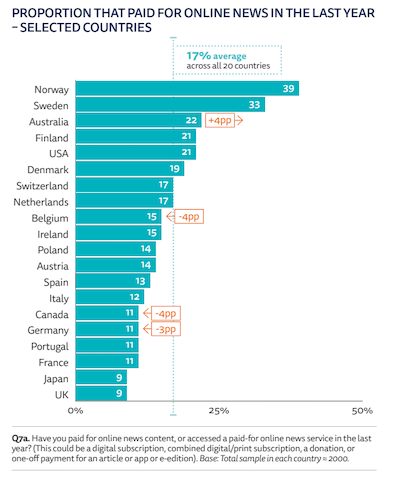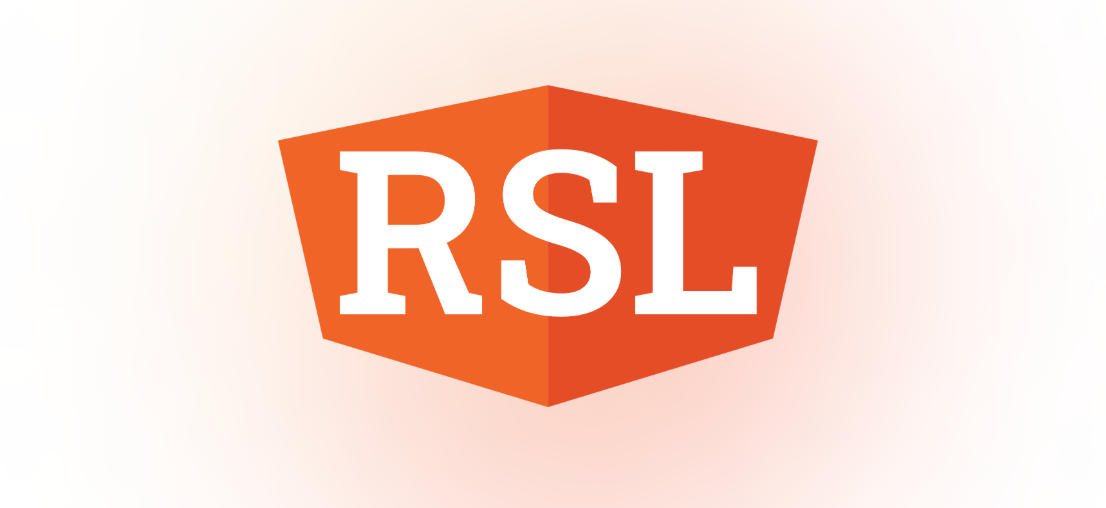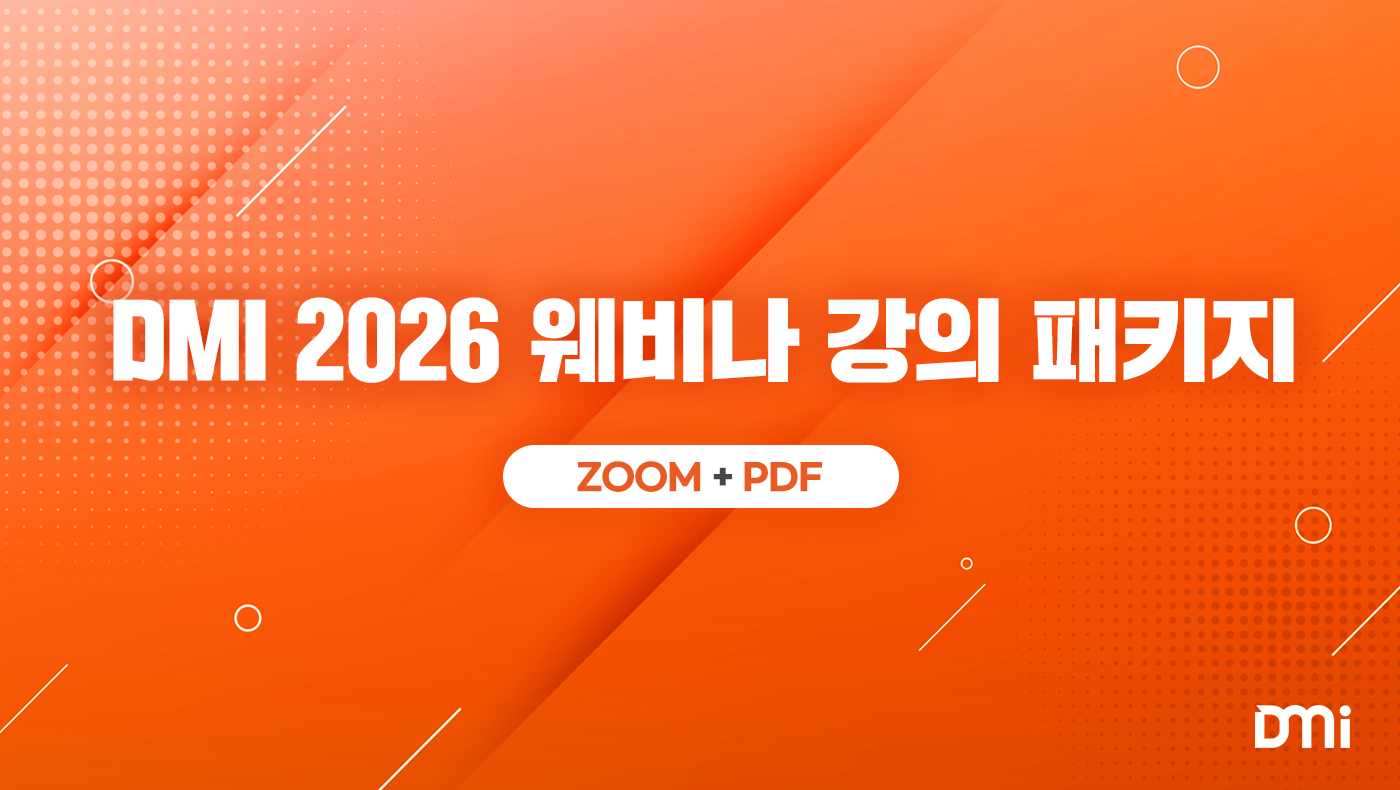It has been claimed that we are reaching a saturation point in paid subscriptions within the Korean market. I find such assertions to be exaggerated and premature, particularly considering that less than 10% of the population in this country has ever paid for digital news or content. While it is plausible that some individuals may exhibit negligence in addressing this matter, I anticipate encountering significant disagreement on this perspective, highlighting the inherent difficulty of the task at hand.
A thought-provoking paper originating from Norway(Borchgrevink-Brækhus, M., & Moe, H.,2023) sheds light on the qualitative study examining why young individuals perceive paid subscriptions as burdensome. As you may be aware, the Nordic region stands as a notable example of heightened engagement in paying for digital content. According to the Digital News Report 2023, Norway boasts the highest rate of online news payment worldwide, surpassing the global average by 17%. This exemplifies a mature region in terms of news subscriptions.




![[니먼랩 2026 저널리즘 전망] 재설계가 필요하다!](https://cdn.media.bluedot.so/bluedot.thecore/2025/12/1rw0lp_202512080447.png)



![[자료] '제로 클릭' AI 검색이 뉴스 비즈니스에 미치는 영향과 대안](https://cdn.media.bluedot.so/bluedot.thecore/2025/11/ivacbx_202511130202.png)
![[발표자료] GEO시대, 미디어채널 재설계 전략
- AI가 답하는 세상, 당신의 브랜드는 준비되었나요?](https://cdn.media.bluedot.so/bluedot.thecore/2025/09/povk3t_202509261048.jpg)
![[자료] AI 시대, 해외언론사들의 AI 도입 현황과 전략](https://cdn.media.bluedot.so/bluedot.thecore/2025/09/aqzesl_202509220109.10.png)
![[자료] AI 기반의 팩트체킹 방법론](https://cdn.media.bluedot.so/bluedot.thecore/2025/09/ebjijm_202509220114.18.png)


![[자료] AI 검색과 PR & 브랜드 마케팅의 대전환](https://cdn.media.bluedot.so/bluedot.thecore/2025/04/el4rkl_202504220930.25.png)
![[특강자료] PR 업무 현장에서의 AI 활용방안](https://cdn.media.bluedot.so/bluedot.thecore/2024/10/lwzhek_202410220533.JPG)
![[자료] 기자와 언론사를 위한 생성AI 활용 방안](https://cdn.media.bluedot.so/bluedot.thecore/2025/03/r69w3p_202503180637.00.png)